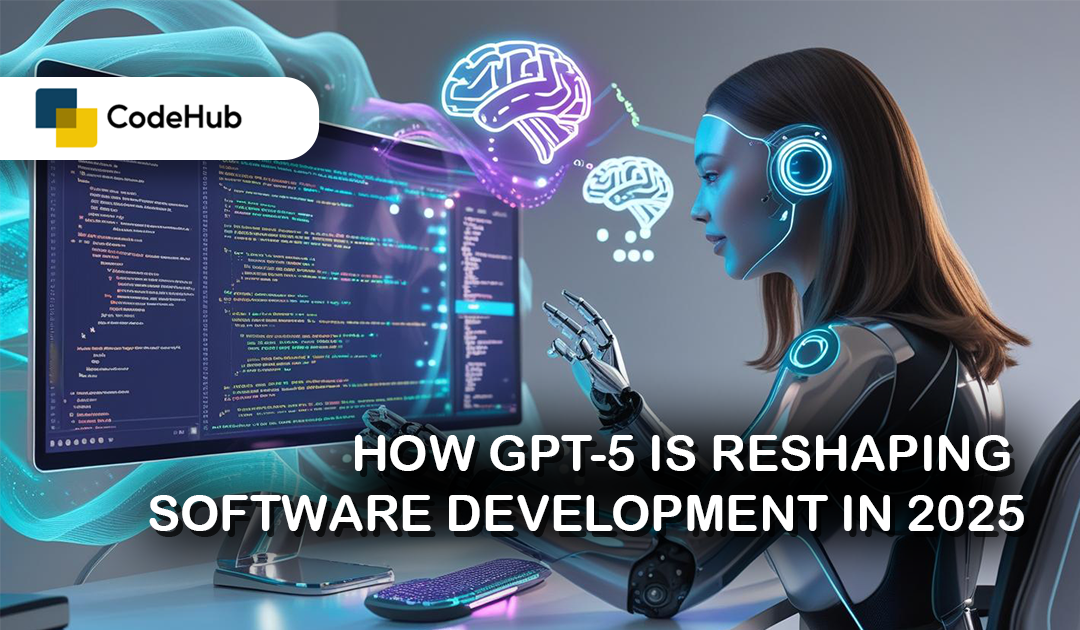Artificial intelligence is changing the way we build software, and GPT-5 is at the forefront of this transformation. In 2025, developers use GPT-5 not just to write code, but to design systems, review logic, and even learn new technologies.
GPT-5 understands complex programming concepts and can generate high-quality code in many languages. Developers can describe what they want in plain language, and GPT-5 provides ready-to-use solutions. It also explains code, suggests improvements, and helps with debugging.
One of the biggest benefits of GPT-5 is how it speeds up development. Tasks that used to take hours, like writing documentation or unit tests, now take minutes. It also helps developers understand large codebases, making onboarding and collaboration easier.
In many companies, GPT-5 is integrated directly into development environments like VS Code. Developers can chat with it as they work, ask for help, or even get suggestions for better design patterns. It acts like a virtual teammate.
GPT-5 is also transforming how developers learn. Junior programmers use it as a tutor, asking questions and getting instant answers. It provides examples, explains errors, and helps them grow faster.
While GPT-5 is powerful, it’s not perfect. Developers still need to review its output and ensure it meets their standards. Companies are setting up guidelines to use AI responsibly, especially when it comes to security and data privacy.
GPT-5 is not replacing developers—it’s making them more productive. With routine tasks handled by AI, developers can focus on creative problem-solving and building better software. In 2025, working with AI is becoming a normal part of a developer’s job.
Are you using GPT-5 in your development workflow? Tell us how it has changed the way you code—or learn! Should we create a hands-on guide or a video walkthrough on GPT-assisted coding? Drop your thoughts in the comments. Your feedback shapes our future content.

